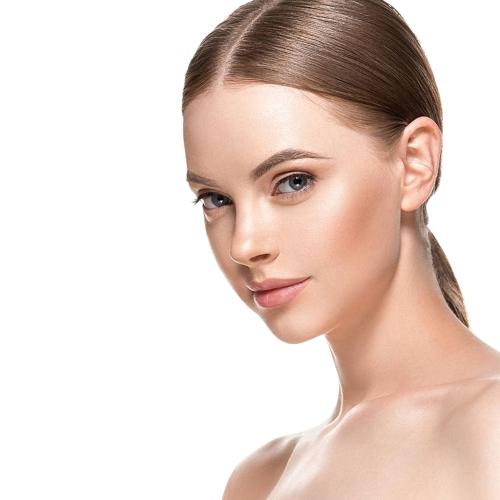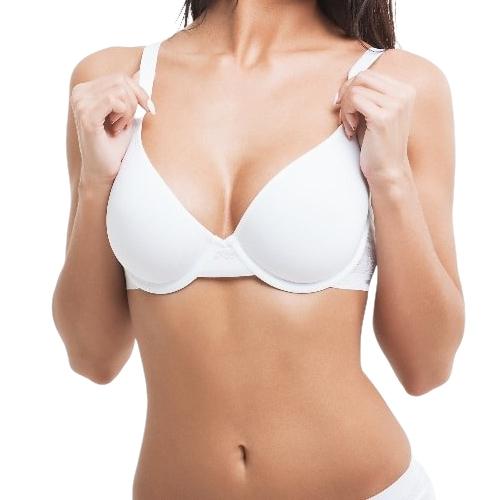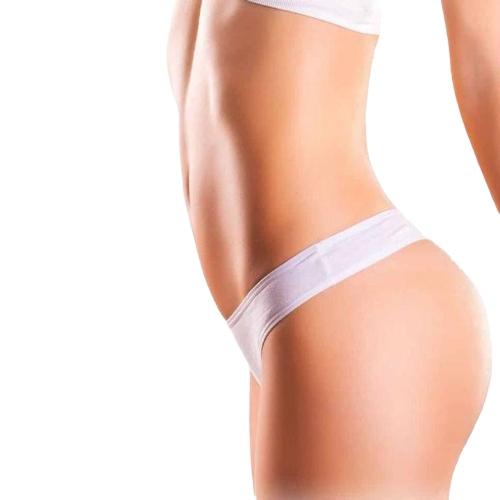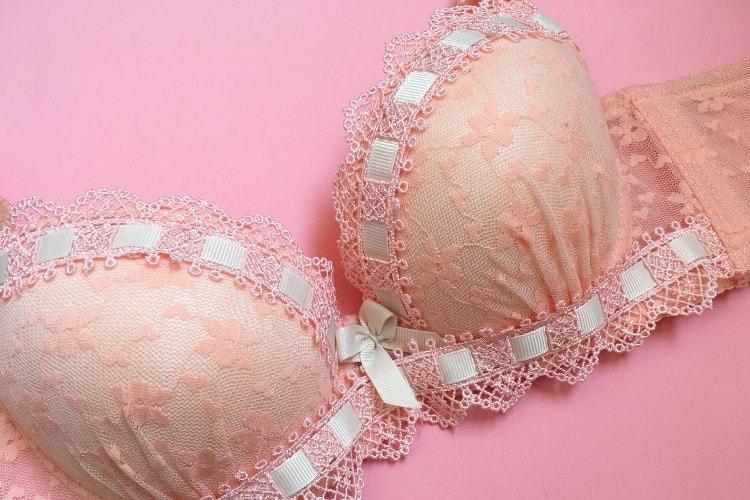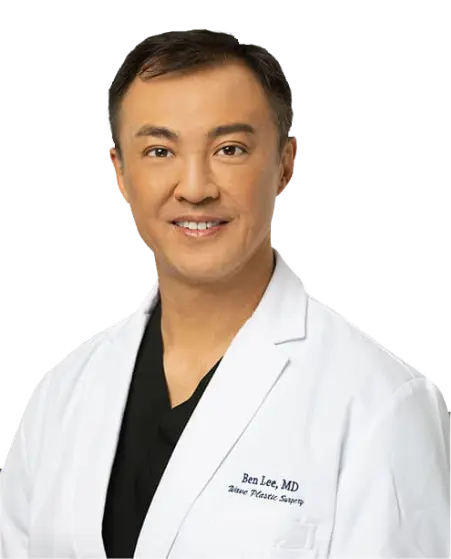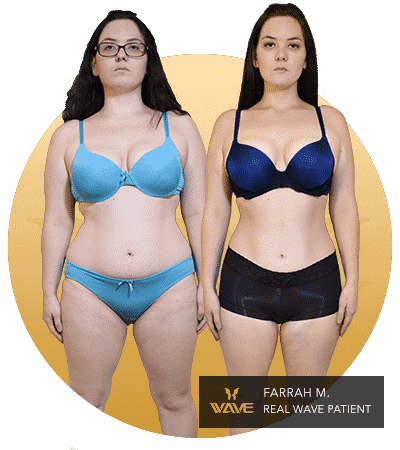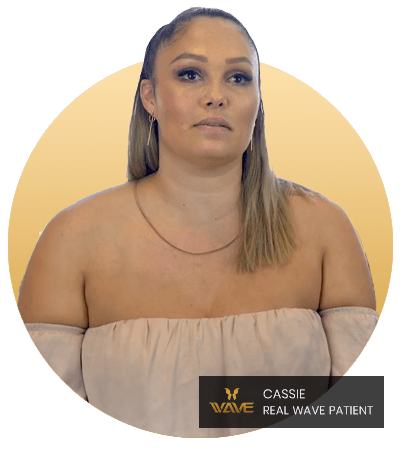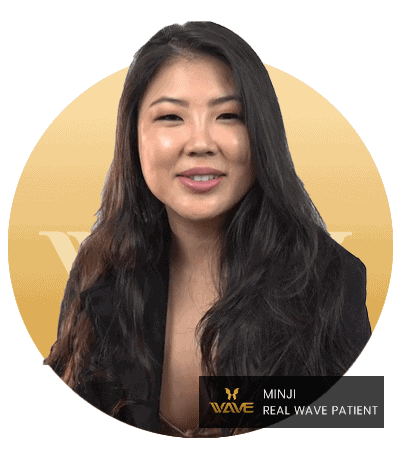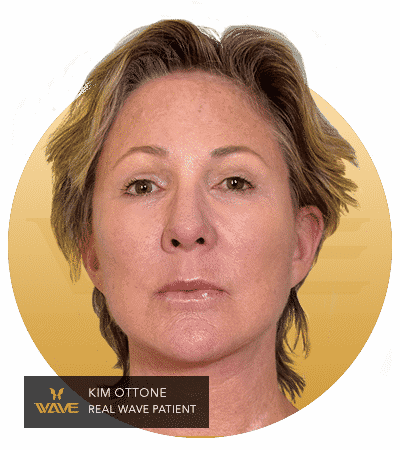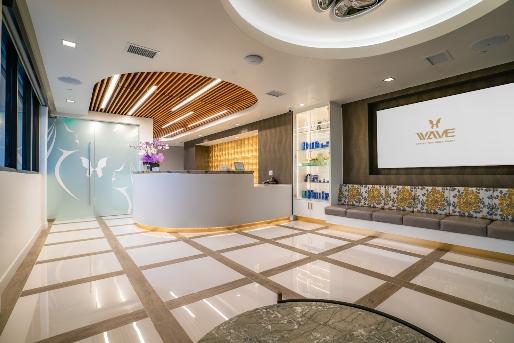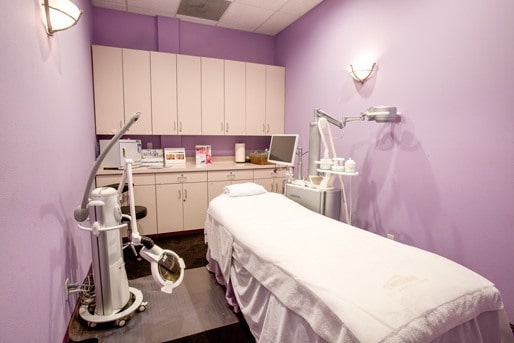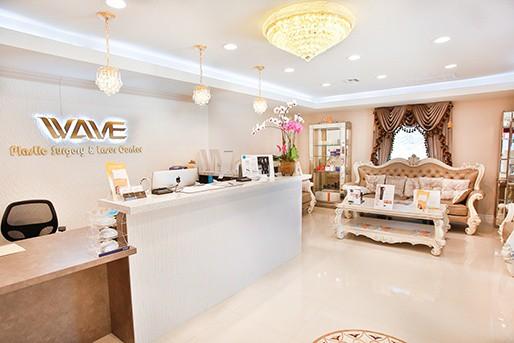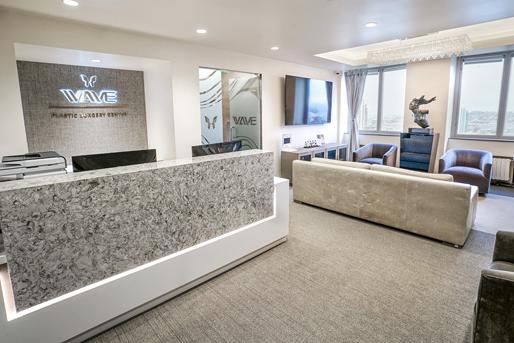An inverted nipple is usually harmless but can put a strain on your sex life and body image. This condition can be hard to deal with. However, with the right treatment, it can be easily fixed!
So if you’re looking for solutions for your inverted nipples and don’t know where to start, keep reading.
What Are Inverted Nipples?
Inverted nipples are a hereditary condition where your nipples point inward. It usually appears at birth but can develop later in life. This condition can affect men and women and is usually caused by underdeveloped tissue or the structure of the nipple itself.
However, some may develop this condition over time. For example, if you’ve had any breast surgery and developed deep scar tissues, this may have caused constriction. This kind of tissue trauma could cause your nipple to become inverted.
Inflammation in the surrounding tissue or milk ducts could also cause tissue trauma, leading to inverted nipples. However, if you’ve developed inverted nipples with no cause, seek medical help, because it could be a sign of breast cancer.
Levels of Inversion
Nipple inversion can categorize into 3 different levels, from least serious to very severe. If you don’t know what level you are, a professional can determine this for you. To begin, level one is the least serious level and easier to correct.
This level of inversion is also seen as having shy nipples because they still respond to stimuli. Meaning the nipple is able to retract with cold objects or suction.
The second level is more serious because the nipple may not respond to stimuli and stays in all the time. Sometimes a strong suction can cause them to come out, but they will invert again.
In the third level, no amount of stimuli or suction can get the nipple to come out. This level of inversion is the most serious and is usually caused by severe constriction or deep scarring.
Once a professional has diagnosed you with what level you are, you can begin looking at an inverted nipple solution.
Temporary Solutions
Depending on your inversion level, there are many different solutions for inverted nipples, ranging from non-surgical to surgical solutions.
For levels one and two patients, the nipple is still able to respond to some stimuli. Therefore, a non-surgical option could give you a temporary solution. There are over-the-counter products for inverted nipples that are more easily accessible.
For example, a suction device is a non-surgical solution that can cause the nipple to retract briefly. This solution works by placing the suction device directly on the nipple and allowing the suction power to retract the nipple. A suction device could be a cheaper alternative to surgery, but be aware that this is not a permanent solution.
Unfortunately, the nipple will only stay detracted for a brief period. Once the suction turns off, the nipple will return to its original placement.
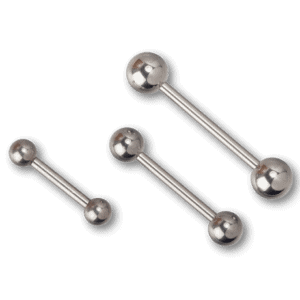
Another temporary fix for inverted nipples is to have them pierced with a dumbbell-shaped piercing.
However, because of the shape of your nipple, a piercing professional may not be able to perform the procedure. However, a medical professional can also perform this procedure. If done correctly, this piercing can provide some level of support to the inner lining of the nipple, which can cause the nipple to retract a little and look less inverted.
However, you should be aware that there isn’t much evidence on this approach. Many patients report having minimal visible changes and once the piercing is out, the nipple goes back to its inverted position. This inverted nipple treatment can also cause further damage and scarring.
Permanent Solutions
Fixing inverted nipples can be a difficult process that may seem impossible. However, there are ways to fix an inverted nipple permanently. Cosmetic surgery is proving to be the only permanent solution for inverted nipples.
Breast reversion is a surgical procedure that is able to fix an inverted nipple, though this procedure is somewhat outdated due to the problems that arise afterward. This procedure is effective in fixing inverted nipples but usually makes it impossible for women to breastfeed because of the severing of the milk ducts.
Some surgeons still use this technique, so if you would like to one day breastfeed, avoid this type of surgery. Instead, look for a surgeon that preserves the milk ducts while still providing an effective solution. This technique focuses on releasing the surrounding fibers that are holding the nipple and causing them to look inverted.
A specialist can make a small incision in the areola while the nipple is held in an outward position. Sutures are then used to hold the nipple in this outward position, and then protective devices are placed over the nipples after the surgery. This protective device helps to keep the nipple in place during the healing process.
Usually, this protective device is placed for a couple of days after the surgery, and the sutures dissolve a few weeks later. The great news is that there is minimal scarring that’s easily masked with the naturally occurring bumps and coloration in the nipple. The results are able to show immediately and look best once the area has fully healed.

Effects of Inverted Nipples
Inverted nipples can have a negative effect and can become a nuisance for breastfeeding mothers. Although, depending on the severity of the inversion, some mothers are still able to breastfeed. However, if your nipples are a level 3, then latching and milk production can become a difficult factor.
Nipple inversion can also cause body image issues because of the odd-looking placement of the nipple. Many patients with nipple inversion struggle with their sex life as well. If you struggle with body image issues because of this condition, this surgical procedure could be a good choice for you.
Final Results
Inverted nipples can be a difficult condition to deal with, but it doesn’t have to be. With the right treatment, your nipple inversion can be a thing of the past!
The next step is to schedule a consultation!

